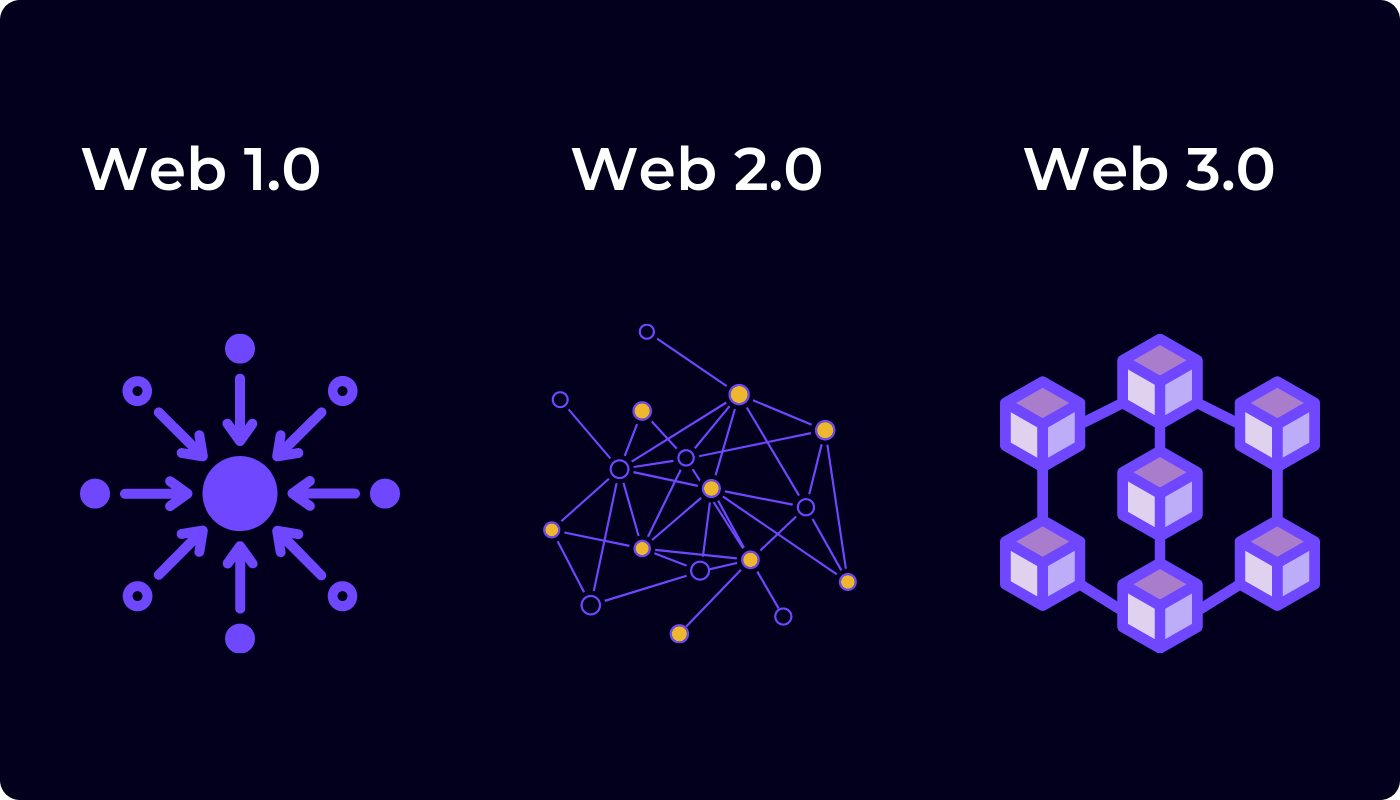Introduction to Web 3.0 Blockchain
Web 3.0, often referred to as the next generation of the internet, marks a radical shift from the centralized systems of Web 2.0 to a decentralized digital ecosystem. At the heart of this transformation is blockchain technology—a distributed ledger system that empowers users with ownership, security, and transparency. Unlike previous iterations of the web, Web 3.0 gives users control over their data and online identities. It eliminates reliance on large intermediaries by enabling peer-to-peer interactions and trustless transactions. This fundamental change is revolutionizing not just how we use the internet, but how we think about digital interactions and value exchange.
Decentralization: The Core Principle of Web 3.0
One of the defining characteristics of Web 3.0 is decentralization. Traditional web platforms are controlled by centralized entities that manage user data, set policies, and often exploit user behavior for profit. In contrast, Web 3.0 applications, also known as dApps (decentralized applications), operate on blockchain networks where data is distributed across multiple nodes. This structure ensures that no single entity has full control, fostering a more open, fair, and censorship-resistant internet. Users can interact directly with each other, reducing dependence on tech giants and enhancing autonomy in the digital world.
Blockchain: The Backbone of Web 3.0
Blockchain technology serves as the foundational layer of Web 3.0. It records data in a transparent and immutable way, making it ideal for building trustless systems. Through consensus mechanisms like proof of work or proof of stake, blockchain enables secure peer-to-peer transactions without the need for centralized authorities. Smart contracts—self-executing code stored on the blockchain—further extend the capabilities of Web 3.0 by automating complex processes and ensuring that agreements are upheld without human intervention. These features make blockchain a key enabler of secure, efficient, and democratic digital ecosystems.
User Empowerment and Data Ownership
Web 3.0 redefines the concept of digital ownership. In the traditional internet, user data is stored and controlled by corporations. Web 3.0 disrupts this model by giving users full control over their information through decentralized identity and storage systems. With blockchain, individuals can own their digital assets, such as NFTs or cryptocurrency, and choose when and how their data is shared. This shift empowers users to monetize their digital presence while preserving their privacy. In this new paradigm, users are not just consumers of content but active participants in value creation.
Smart Contracts and Trustless Interactions
Smart contracts are a cornerstone of Web 3.0 functionality. These are self-executing agreements written in code that automatically carry out terms when predefined conditions are met. They eliminate the need for intermediaries, reduce the risk of fraud, and lower transaction costs. Smart contracts are widely used in decentralized finance (DeFi), supply chain management, and gaming, providing transparent and tamper-proof solutions. By ensuring trustless interactions, smart contracts enable a new era of collaboration and commerce where individuals and businesses can engage directly with confidence.
Web3 Applications: Expanding Use Cases
Web 3.0 has led to the development of a wide range of innovative applications that leverage blockchain technology. From decentralized social media platforms and marketplaces to peer-to-peer financial services, the Web3 ecosystem is growing rapidly. Applications like IPFS for file storage, MetaMask for wallet management, and DAOs (Decentralized Autonomous Organizations) for governance are reshaping the way we interact with digital platforms. These tools offer more security, transparency, and user control compared to their traditional counterparts, paving the way for a more inclusive and resilient digital future.
Digital Identity in a Web 3.0 World
Digital identity is a crucial aspect of Web 3.0. Unlike centralized identity systems that are prone to breaches and misuse, blockchain-based identities are secure, portable, and user-controlled. Individuals can create verifiable credentials and manage access without relying on third-party services. This approach enhances privacy and reduces the risks associated with data leaks and identity theft. It also simplifies access across multiple platforms and services, making digital identity a powerful enabler of seamless and secure online experiences.
Challenges and the Road Ahead
Despite its promise, Web 3.0 faces several challenges. Scalability, regulatory uncertainty, and user adoption remain significant hurdles. Blockchain networks must evolve to handle high volumes of transactions efficiently. Governments and institutions are still grappling with how to regulate decentralized technologies while maintaining security and innovation. Additionally, the complexity of Web3 tools can deter mainstream users. However, continuous development in blockchain scalability, interoperability, and user-friendly interfaces is gradually overcoming these barriers. As technology matures, Web 3.0 has the potential to become the standard model for internet interactions.
Read More - https://www.marketresearchfuture.com/reports/web-3-0-blockchain-market-10746
Conclusion: Embracing the Web 3.0 Revolution
Web 3.0, powered by blockchain, represents a paradigm shift in how we perceive and use the internet. With decentralization, transparency, and user empowerment at its core, it offers a compelling alternative to the centralized models of the past. While still evolving, its impact is already visible across various sectors. By giving users control over their data, enabling trustless interactions, and fostering open innovation, Web 3.0 is laying the foundation for a more equitable and resilient digital future. Embracing this new era means embracing a more democratic and user-centric internet.

